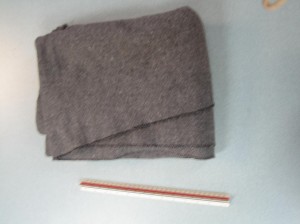Candidates registered in standard first aid courses will learn about various heat disorders such as heat exhaustion. Heat exhaustion is a disorder caused by dehydration and the depletion of salt. This disorder is typically brought on by excessive periods of exertion coupled with low levels of hydration. This disorder is viewed as more serious than heat cramps and rescuer(s) will have a larger number of signs and symptoms. The material posted on this page is for information purposes only, to learn to recognize and provide care for patients with heat exhaustion register for a standard first aid course.
Signs and Symptoms of Heat Exhaustion:
Patients with heat exhaustion will show one or more of the following signs and symptoms:
- Lowered level of changing levels of consciousness.
- Increased respiratory rate.
- A weak and rapid pulse.
- Cool, pale, clammy skin.
- Weakness, fatigue, nausea, and dizziness.
- Headache.
- Fainting.
- Muscle cramps.
The signs and symptoms of patients are very similar to other conditions such as drug abuse, alcohol use, mild shock, and hypoglycemia. It is important for rescuer(s) to conduct a proper history check to help determine the best care for the patient.
Treatment for Heat Exhaustion:

- The patient should be removed from the hot and/or humid environment and placed into a cooler environment. If possible the patient should be placed on his or her back and all tight fighting clothing should be loosened.
- The patient can be cooled using a wet sponge or a wet blanket. If the patient has a good level of consciousness he or she can be waded into a pool. Fanning and air-conditioned environments are also appropriate.
- If the level of consciousness is good the patient can take oral fluids that will help hydrate. Pop drinks, drinks with caffeine, alcoholic beverages, and other diuretics should be avoided.
- If the patient’s condition does not improve the rescuer should contact the emergency medical system (EMS) with the use of a bystander if possible.
Preventing Heat Exhaustion:
Methods of prevention include staying hydrated, and cool, not overexerting in high-heat environments, having a healthy diet, good physical fitness, and no alcohol and drug abuse.
The material posted on this page is for information purposes only. To learn to recognize and provide care for patients enrolled in a standard first aid course (enroll here: http://standardfirstaidcourses.ca/locations/) through a credible provider such as St Mark James.
